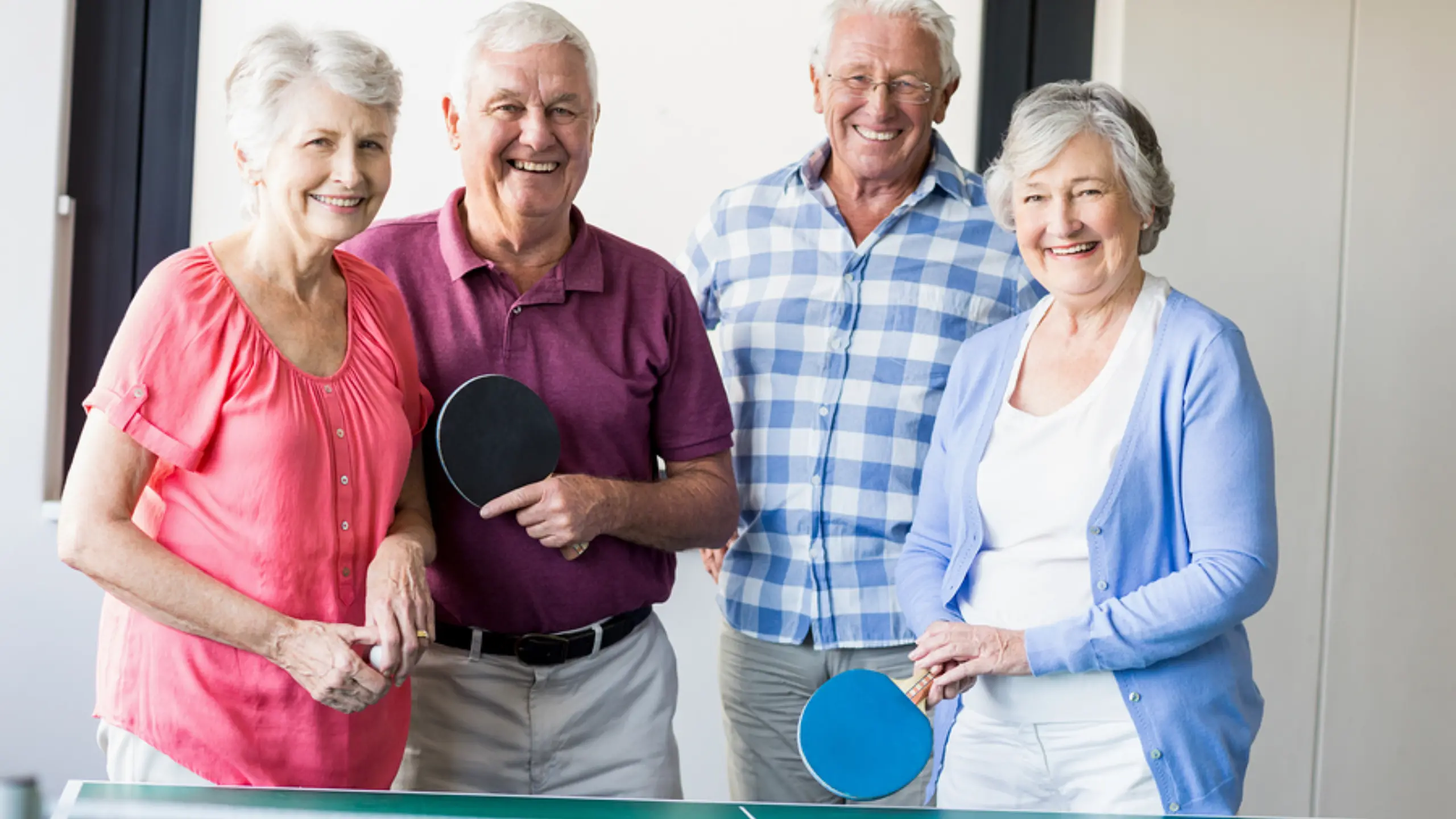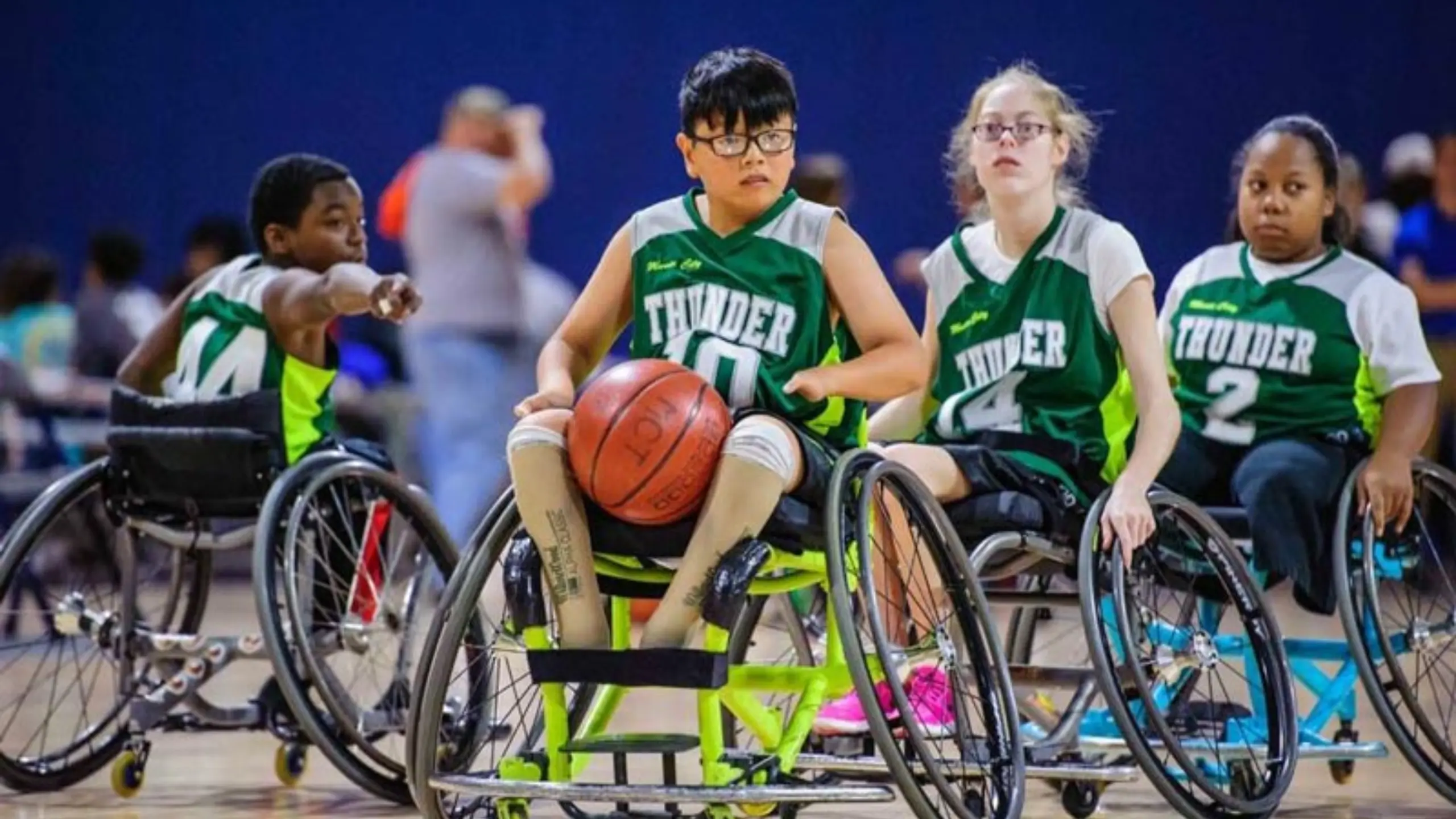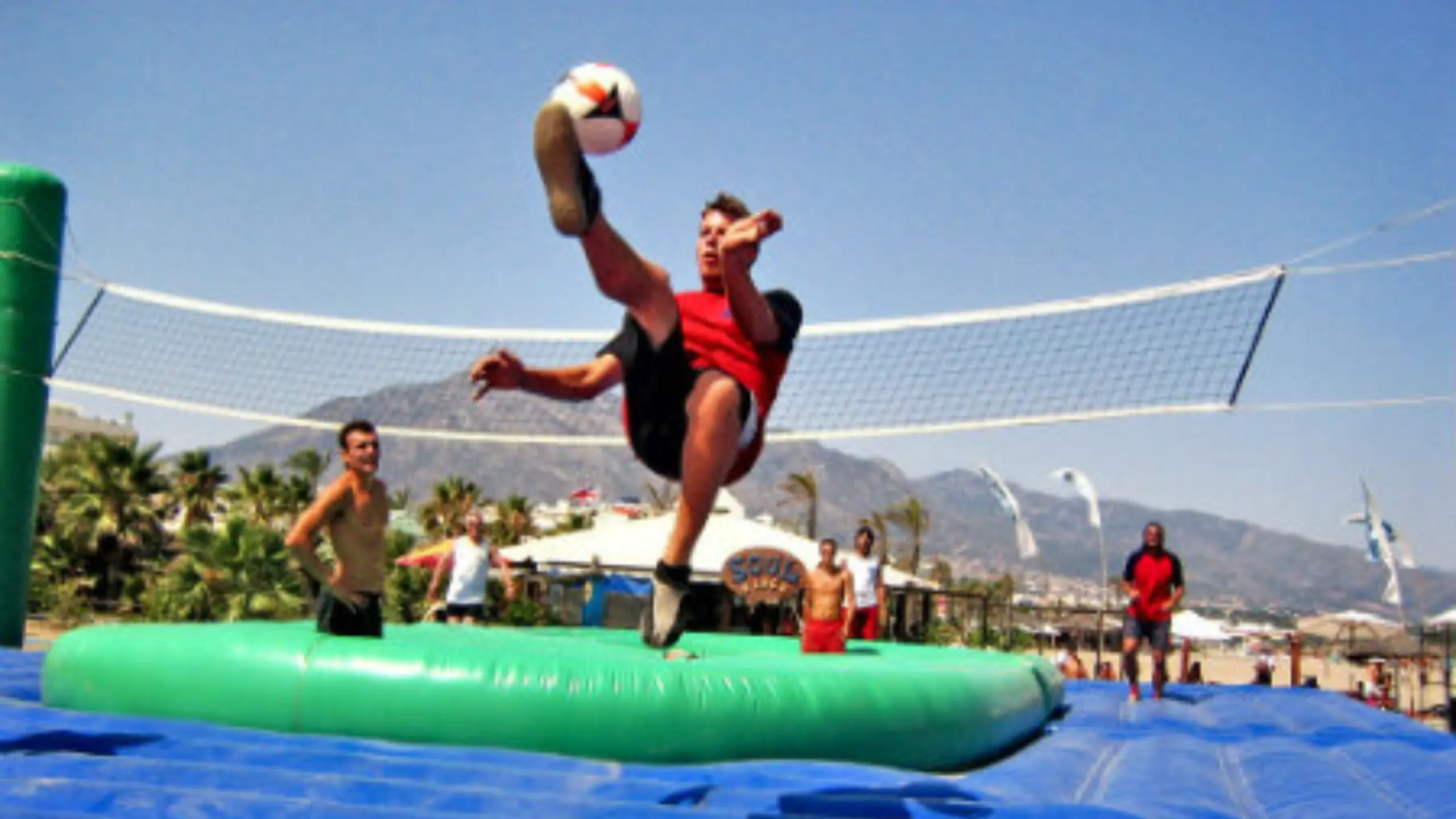As a senior, you may believe that you must abandon physical activity and exercise. You may be concerned that you will injure yourself or worsen your health. This, however, is not the case. Low-impact sports allow you to stay active and healthy. These are sports that do not place undue strain on your joints, bones, or muscles. They can assist you in a variety of ways to improve your health, well-being, and quality of life. In this article, we will define low-impact sports for seniors and explain why they are beneficial to seniors. We will also give you some pointers on how to choose and engage in low-impact sports safely and effectively.
What are low-impact sports, and why are they good for seniors?
Low-impact sports are those that do not put too much strain on your body. They are ideal for seniors who want to stay active and healthy without risking injury. Low-impact sports can help you in the following ways:
- Maintain your heart’s health and reduce your risk of heart disease.
- Strengthen your muscles and bones to prevent bone loss and fractures.
- Prevent falls and injuries by improving your balance and coordination.
- Reduce your stress and sadness by feeling happier and more confident.
- Make new friends and meet new people to avoid feeling lonely.
How to choose the best low-impact sport for you
Many factors influence which low-impact sport is best for you. You should think about:
- How fit you are now and what you hope to gain from sports
- What do you enjoy doing and what makes you happy?
- What is simple and convenient for you to do in your neighborhood?
- What is safe and appropriate for your health?
Before beginning any new sport, you should also consult with your doctor. Your doctor will advise you on what to do and what not to do.
Some examples of low-impact sports you can try
Seniors can participate in a variety of low-impact sports. Some of the most well-known are:
- Swimming: Swimming is a great low-impact sport that works your whole body. It benefits your heart, muscles, flexibility, and endurance. It is also gentle on the joints and can alleviate pain and swelling. You can swim alone or with others in a pool or a lake.
- Cycling: Cycling is another low-impact sport that works your lower body. It benefits the heart, muscles, balance, and coordination. It is also enjoyable and relaxing, and it can alleviate stress and sadness. Cycling can be done on a bike or a stationary bike, inside or outside, alone or with others.
- Walking: Walking is one of the simplest and most easy low-impact sports that seniors can do. It engages your lower body. It benefits the heart, muscles, bones, balance, and coordination. It is also simple and enjoyable, and it can improve mood and thinking. You can walk anywhere, anytime, by yourself or with others.
- Yoga is a low-impact sport that works the entire body. It benefits your posture, flexibility, balance, breathing, and relaxation. It is also beneficial to the mind and emotions and can alleviate stress, worry, and sadness. Yoga can be practiced in a class or at home, with a teacher or through online videos, alone or with others.
- Golf is a low-impact sport that strengthens your upper body. It improves your hand-eye coordination, concentration, strategy, and patience. It is also social and enjoyable, and it can assist you in making new friends. Golf can be played on a course or on a driving range, with or without equipment (mini-golf), alone or with others.
Tips for doing low-impact sports safely and effectively
Seniors should follow these guidelines to get the most out of low-impact sports while avoiding injury or problems:
- Begin slowly and gradually increase the difficulty and duration of the sport.
- Warm up before the game and cool down afterward.
- Wear clothes and shoes that are both comfortable and well-fitting.
- Drink plenty of water before, during, and after exercise.
- Pay attention to your body and stop if you experience any pain or discomfort.
- Rest between sessions and take vacation days as needed.
- Consult a doctor if you exhibit any signs of injury or illness.
Conclusion
Finally, low-impact sports are an excellent way for seniors to stay fit and healthy without putting strain on their joints. They can help you maintain a healthy heart, strengthen your muscles and bones, improve your balance and coordination, feel happier and more confident, meet new people, and make new friends. There are numerous low-impact sports available to suit your fitness level, goals, preferences, and medical conditions. You can also seek advice and direction from your doctor before beginning any new sport. You can find the right low-impact sport for you and reap the benefits for your physical and mental health by following these tips.



